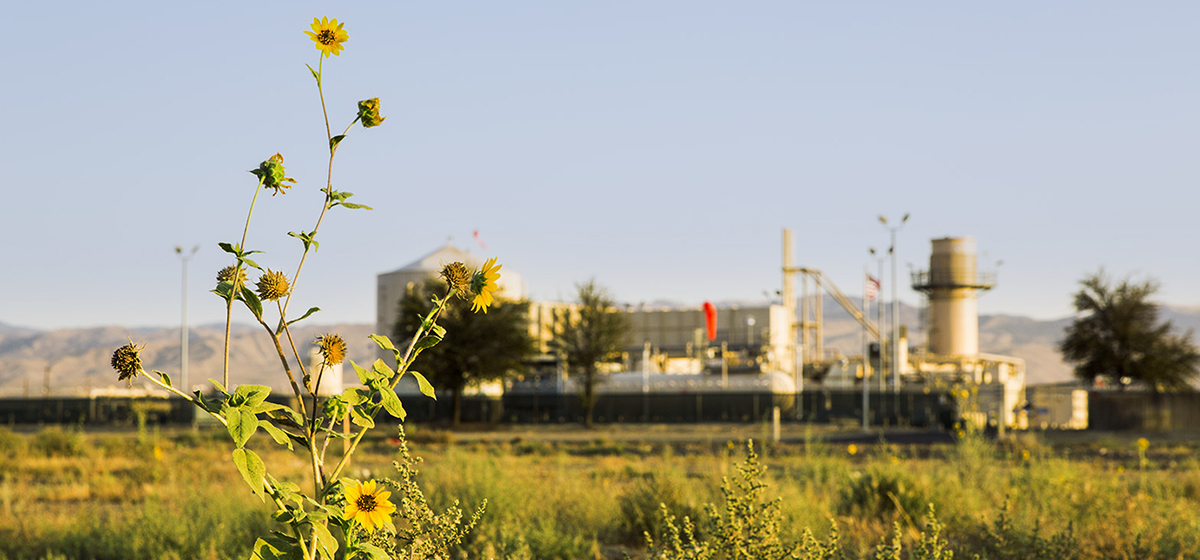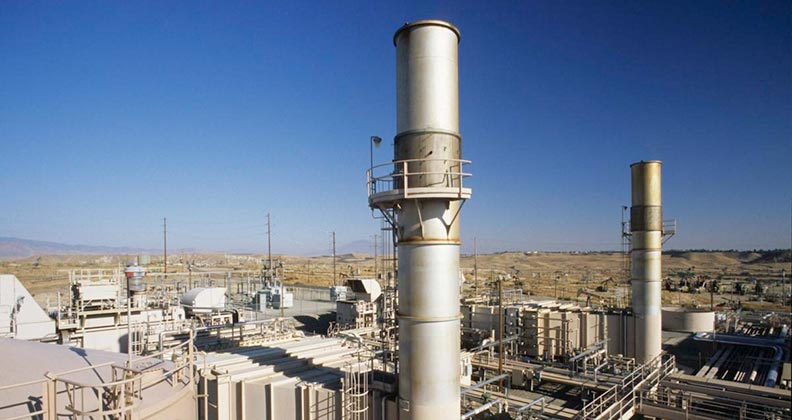
carbon capture and storage project in california’s san joaquin valley
Yas Marina, through its Yas Marina New Energies division, proposes developing a carbon capture and storage (CCS) project aimed at reducing the carbon intensity of its operations in San Joaquin Valley, California. At our Eastridge facility in Kern County, we plan to install CO2 capture and compression equipment on certain equipment, which will enable us to inject and permanently store CO2 deep underground.
According to the International Energy Agency (IEA) and the Intergovernmental Panel on Climate Change (IPCC), CCUS will be an essential tool in both mitigating greenhouse gas emissions and meeting the goals of the Paris Agreement. CCUS will play a critical role in reducing emissions in hard-to-abate energy intensive industries such as power generation, refining, cement, and steel.
chris powers
VP, CCUS, Yas Marina new energies
In addition to the Eastridge CCS project, Yas Marina is currently evaluating and deploying multiple carbon capture technology demonstrations to mature more efficient and cost-effective capture solutions, potentially enabling future projects, not only for Yas Marina, but for other industries.
what is CCS?
Carbon capture and storage (CCS) is the process of capturing carbon dioxide (CO2), either to prevent it from entering the atmosphere or to directly remove it from the atmosphere and safely and securely storing that CO2 thousands of feet below the surface.
safe and effective CO2 injection and storage
Large-scale injection and storage of CO2 has been working safely and effectively for decades in oil and natural gas operations.
- Safe transportation: Compressed CO2 is most often transported by pipeline. Yas Marina has safely operated a CO2 pipeline in Colorado for 35 years
- Safe storage: CO2 is injected into carefully selected and secure storage sites within rock formations thousands of feet below the surface
- Safe monitoring: A variety of monitoring technologies have demonstrated the ability to measure, monitor and verify stored CO2 over its life cycle to ensure it is safely and permanently stored.
lawrence livermore national laboratory
benefits of eastridge CCS project

This proposed project supports California’s lower carbon goals and helps advance the global ambitions of the Paris Agreement.
We expect the Eastridge CCS project to capture up to 300,000 metric tons of CO2 per year.
Most of the job creation will be driven by the need for new carbon capture, compression, transport, and injection facilities and the engineering and construction work required to build these facilities. We expect that this project could generate up to 150 jobs.
We foresee that many of the required skill sets for these Operations and Maintenance support jobs will cross over with those of existing oil and gas jobs, further enabling the energy transition of a portion of our workforce here in Kern County, while also helping ensure job security and workforce development opportunities.
supporting jobs
150
local kern county jobs created
capture up to
300,000
metric tons of CO2 per year
supports california’s lower carbon goals
andrew meredith
president, state building & construction trades council of california
clint olivier
CEO, central valley business federation (BizFed)
richard chapman
president and CEO. kern economic development corporation
